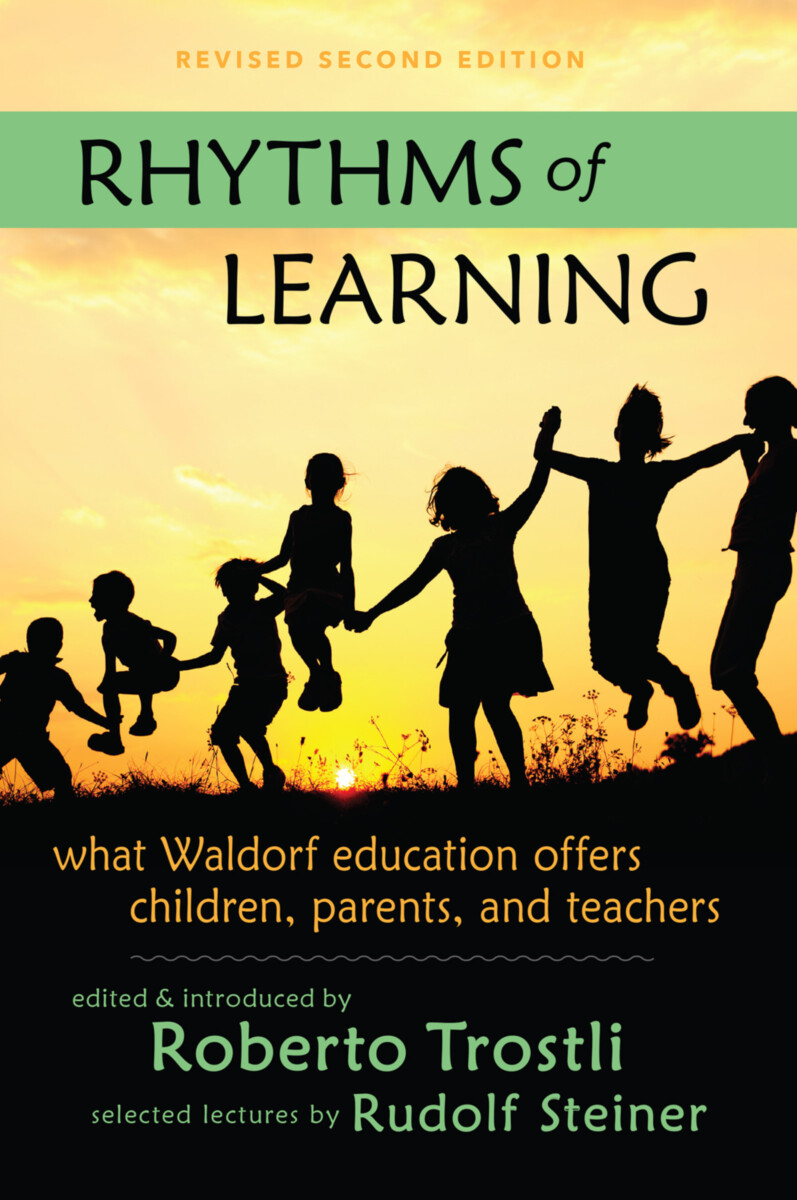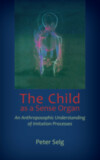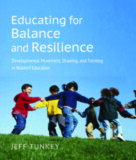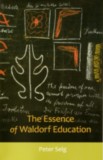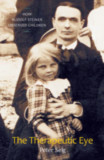Rhythms of Learning Edition 2 Revised
What Waldorf Education Offers Children, Parents & Teachers
Edited by Roberto Trostli
Foreword by Robert A. McDermott
Series edited by Robert A. McDermott
- Publisher
SteinerBooks - Published
15th February 2017 - ISBN 9781621481799
- Language English
- Pages 366 pp.
- Size 6" x 9"
“An experiment in its eighth decade, with more than sixty thousand students attending five hundred schools worldwide, Waldorf education is the largest and fastest growing independent, nonsectarian school movement in the world. The more than one hundred and fifty Waldorf schools in North America appear to be but the beginning of a rapid growth that will almost certainly be continued by the next generation. This volume is intended as a companion to educators and parents, both inside and outside the Waldorf school movement, who want to explore Steiner’s intuitive and spiritual-scientific research concerning child development and, in particular, the positive and negative forces affecting that development in a culture that puts children at risk.” — Robert McDermott (from the foreword)
Waldorf education—an established and growing independent school movement—continues to be shaped and inspired by Rudolf Steiner’s numerous writings and lectures on education and child development.
In Rhythms of Learning, key lectures on children and education have been thoughtfully chosen from the vast amount of material by Steiner and presented in a context that makes them reader-friendly and accessible. In his many discussions and lectures, Steiner shared his vision of education that considers the spirit, soul, and physiology in children as they grow.
Roberto Trostli, a seasoned Waldorf teacher, has selected the works that best illustrate the fundamentals of this unique approach. In each chapter, Trostli explains Steiner’s concepts and describes how they work in the contemporary Waldorf classroom. We learn how the teacher–child relationship and the Waldorf school curriculum changes as the students progress from kindergarten through high school.
Rhythms of Learning is an excellent resource for parents who want to understand how their child is learning. Parents will also be more prepared to discuss their child’s education with teachers, and teachers will find it to be a valuable reference source and communication tool.
C O N T E N T S:
Foreword
Preface to the Revised Edition
Introduction: A Seed for the Future
1. The Foundations of Waldorf Education
The Education of the Child in the Light of Spiritual Science
2. Teacher and Child
The Four Temperaments
Understanding Children’s Temperaments
Gratitude, Love, and Duty
3. The Waldorf Kindergarten: The World of the Young Child
Walking, Speaking, Thinking
4. The First School Years: From Whole to Part
Children from the Seventh to Tenth Years
Teaching Children to Write
Teaching Arithmetic
5. The Middle Elementary School Years: Self and World
Zoology and Botany in the Elementary School
Nature Study in the Elementary School
Teaching Geography
6. The Upper Elementary School Years: Cause and Consequence
The Child at Twelve
Teaching in the Upper Grades
Teaching History
7. The High School Years: Adolescence—the Quest for Self
Working with Adolescents
8. The Arts in Waldorf Education: The Jewels in the Crown
Education through Art
An Introduction to Eurythmy
Rudolf Steiner
Rudolf Steiner (b. Rudolf Joseph Lorenz Steiner, 1861–1925) was born in the small village of Kraljevec, Austro-Hungarian Empire (now in Croatia), where he grew up. As a young man, he lived in Weimar and Berlin, where he became a well-published scientific, literary, and philosophical scholar, known especially for his work with Goethe’s scientific writings. Steiner termed his spiritual philosophy anthroposophy, meaning “wisdom of the human being.” As an exceptionally developed seer, he based his work on direct knowledge and perception of spiritual dimensions. He initiated a modern, universal “spiritual science” that is accessible to anyone willing to exercise clear and unbiased thinking. From his spiritual investigations, Steiner provided suggestions for the renewal of numerous activities, including education (general and for special needs), agriculture, medicine, economics, architecture, science, philosophy, Christianity, and the arts. There are currently thousands of schools, clinics, farms, and initiatives in other fields that involve practical work based on the principles Steiner developed. His many published works feature his research into the spiritual nature of human beings, the evolution of the world and humanity, and methods for personal development. He wrote some thirty books and delivered more than six thousand lectures throughout much of Europe. In 1924, Steiner founded the General Anthroposophical Society, which today has branches around the world.
Roberto Trostli
Roberto Trostli has been active in Waldorf education since 1981 as a class teacher, high school teacher, adult educator, author, and lecturer. He received his BA from Columbia University and his MA from the University of Cambridge, England. After working as a violinmaker, Roberto taught for ten years at the Rudolf Steiner School in New York City, the school he also attended as a child. Later, he moved to Hadley, Massachusetts, where he worked for eighteen years, first as a class teacher of graded 1 to 8, and then as the founder and director of the Hartsbrook High School. In 2009, Roberto moved to Richmond, Virginia, where he resumed class teaching at Richmond Waldorf School. Roberto also worked as a pedagogical consultant and lectured and offered workshops internationally. He was co-director of the part-time teacher training in Sunbridge College in New York, and served as Director of the Waldorf Research Institute. Roberto was a member of the Pedagogical Section Council for ten years and helped restructure the Association of Waldorf Schools of North America (AWSNA). Roberto's written works include numerous articles and plays. In addition to this volume, he edited Teaching Language Arts in the Waldorf School (2004) and Creating a Circle of Collaborative Spiritual Leadership (2014), and has written a book about the college of teachers in Waldorf schools. Early in his career, Roberto became interested in teaching science and wrote Physics is Fun!—revised and reissued as Physics the Waldorf Way (2016).


